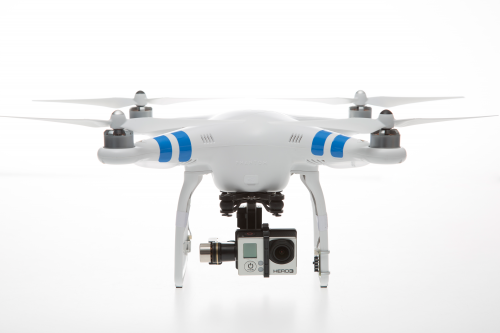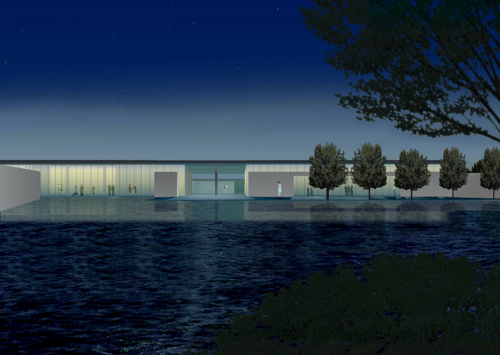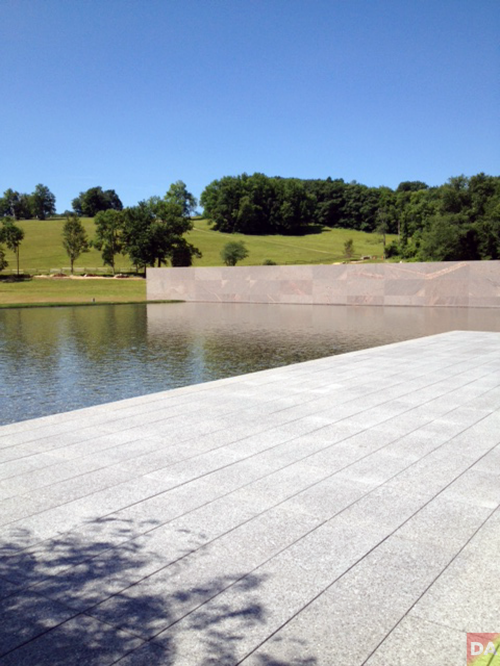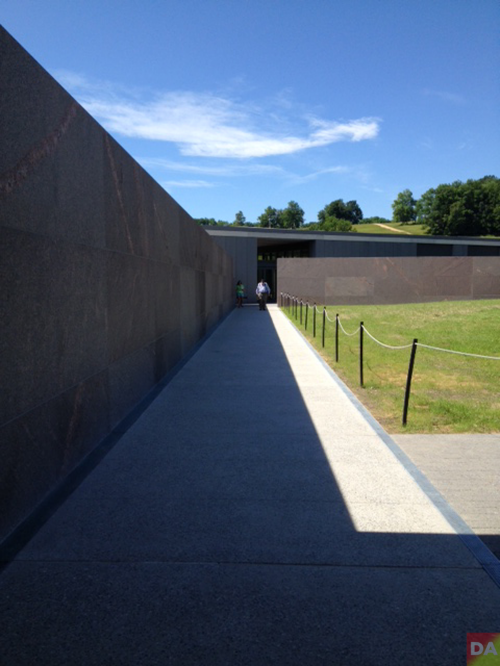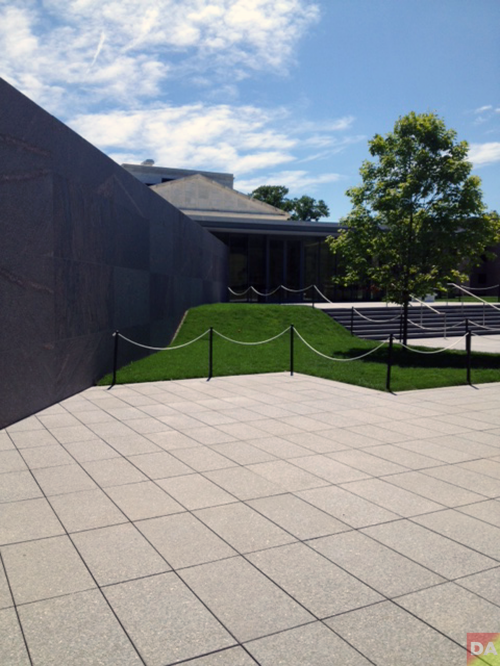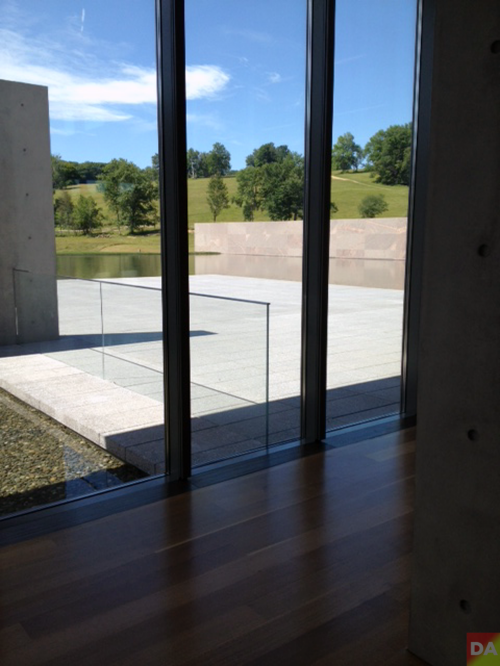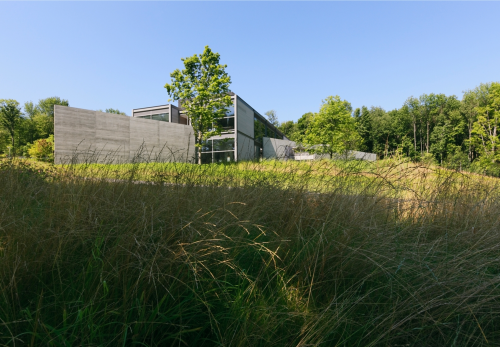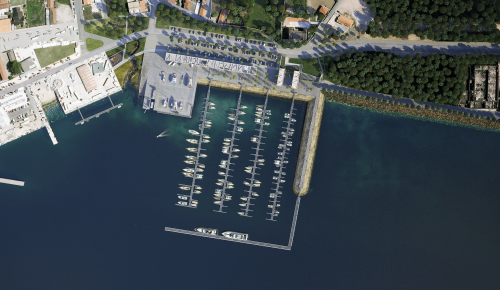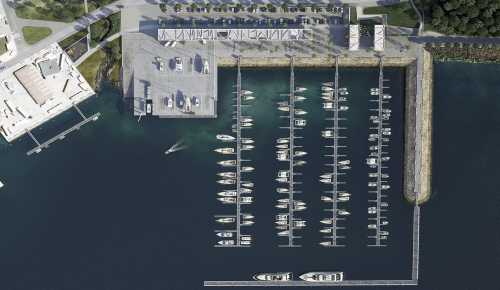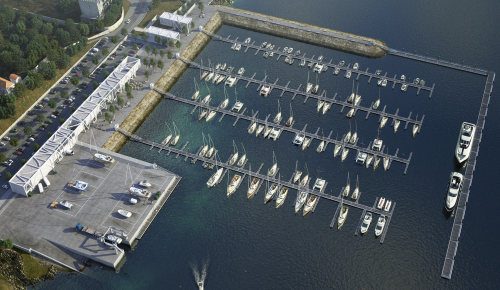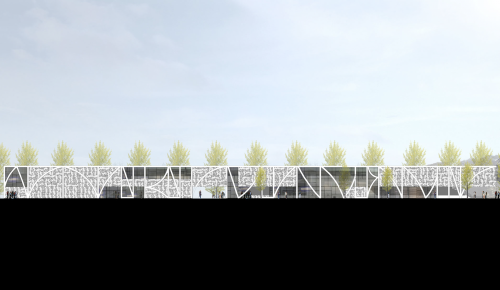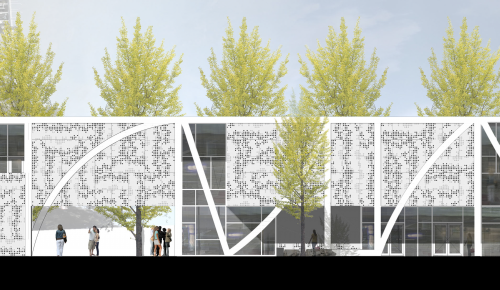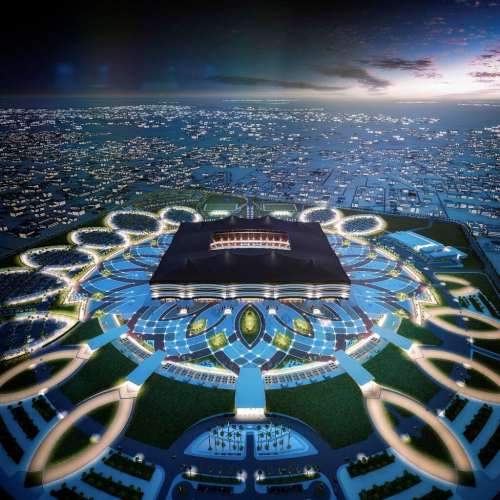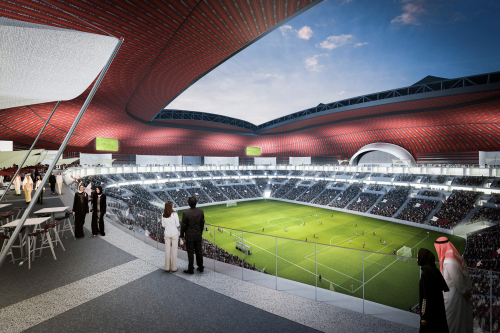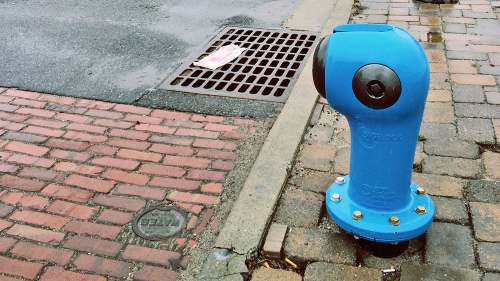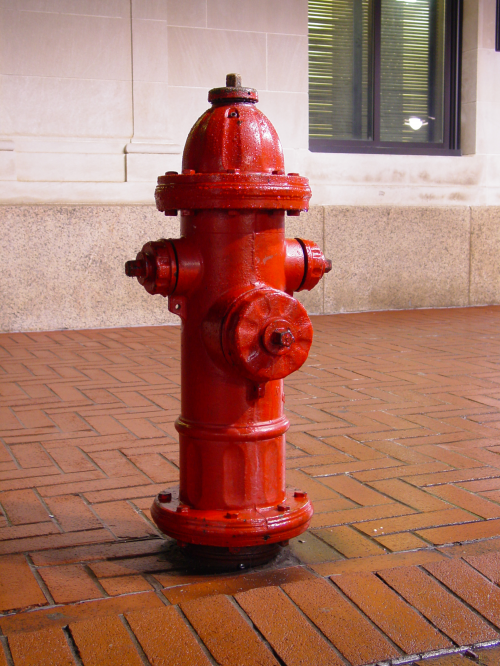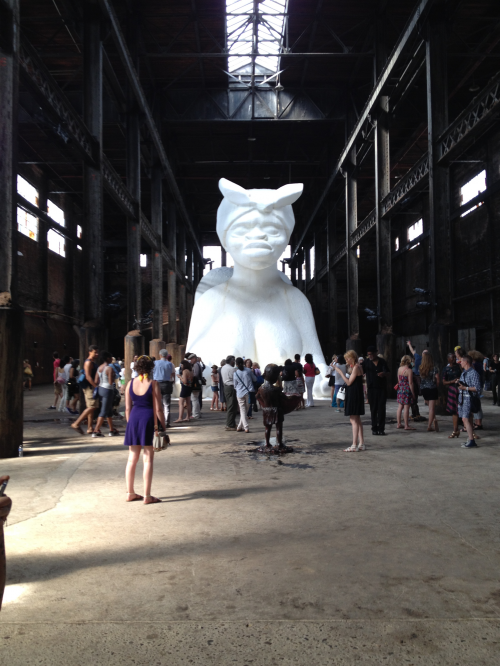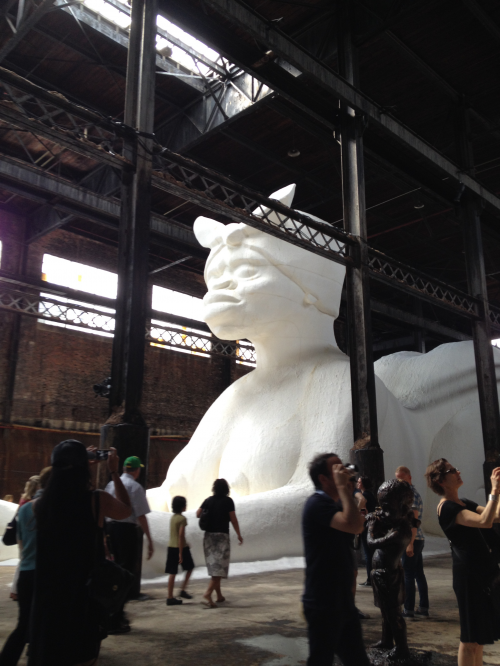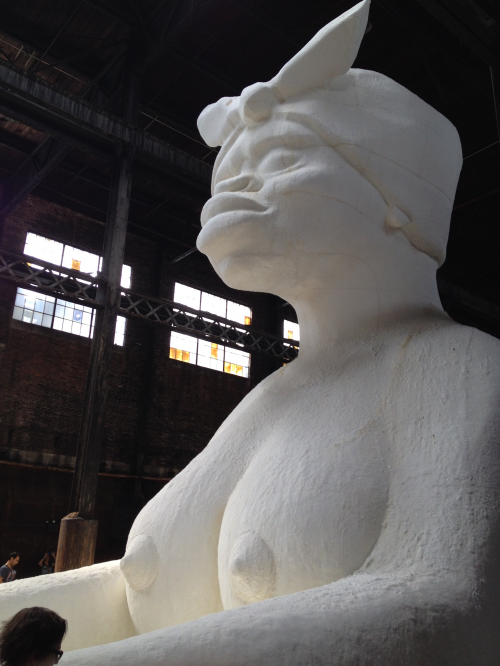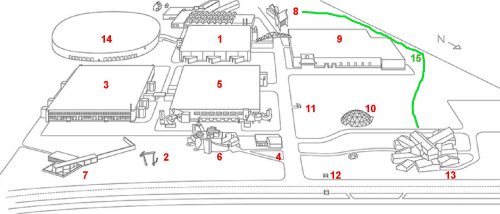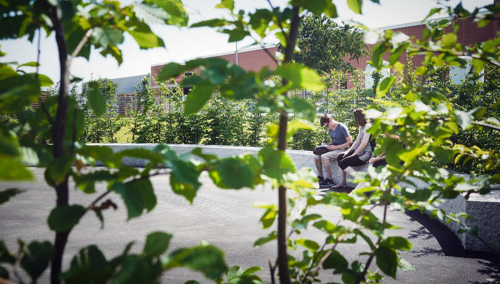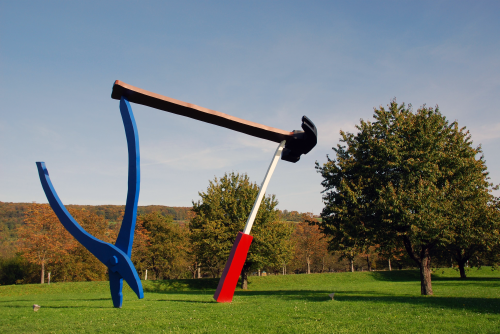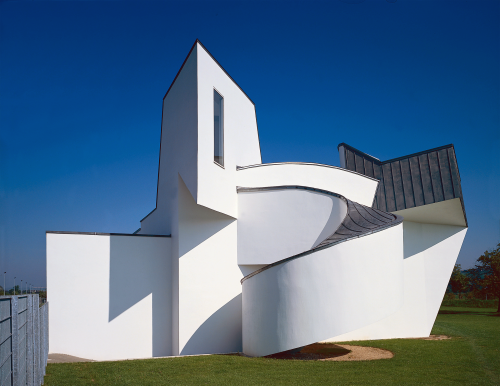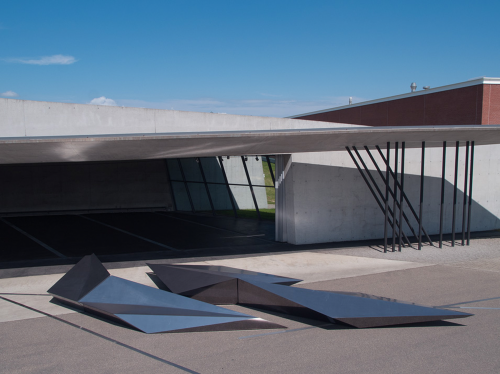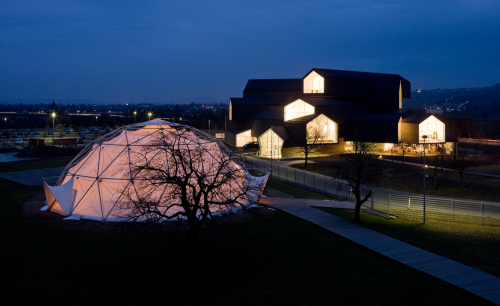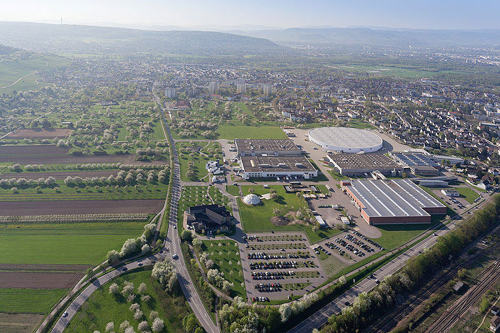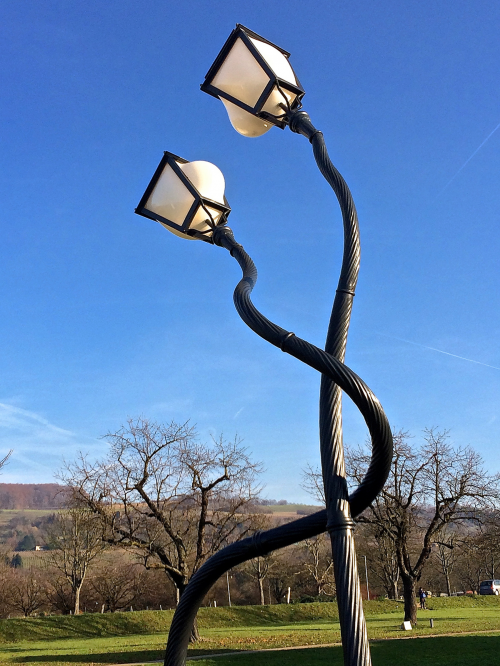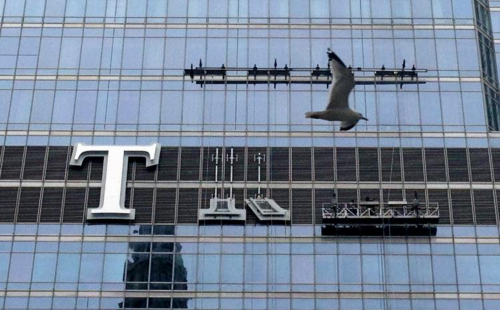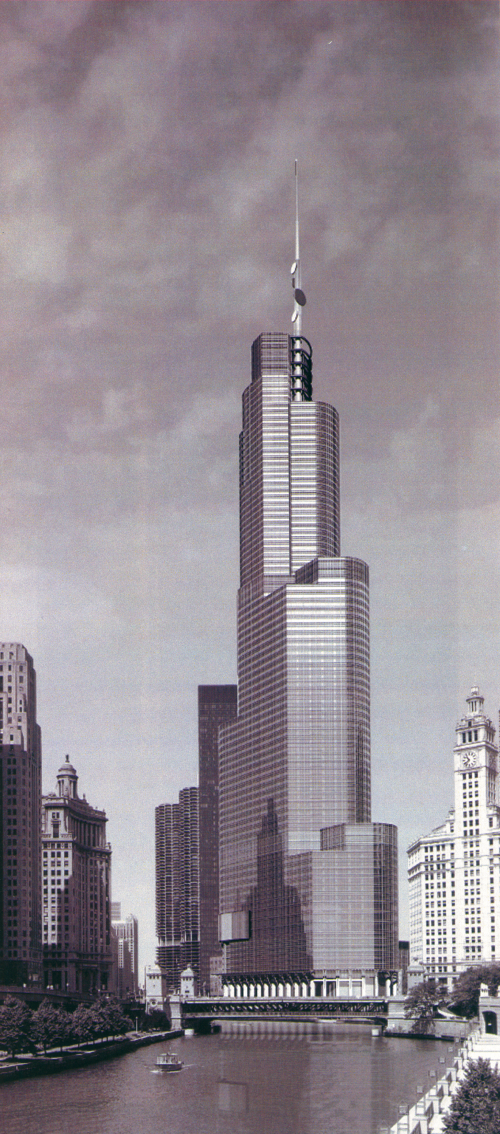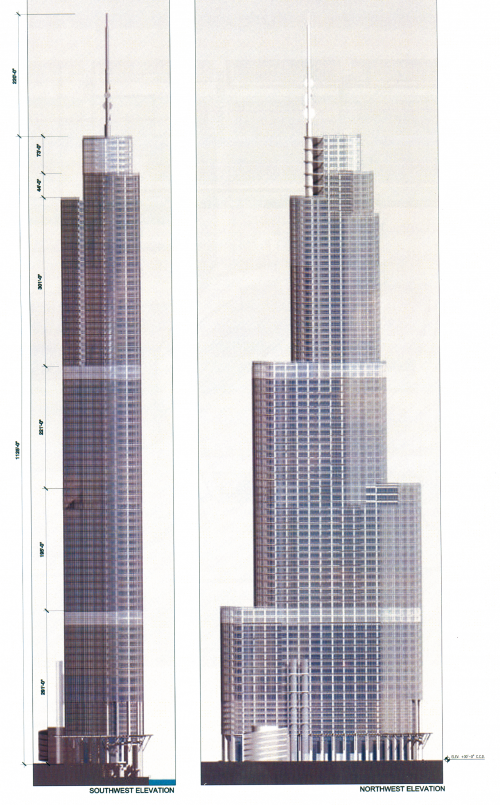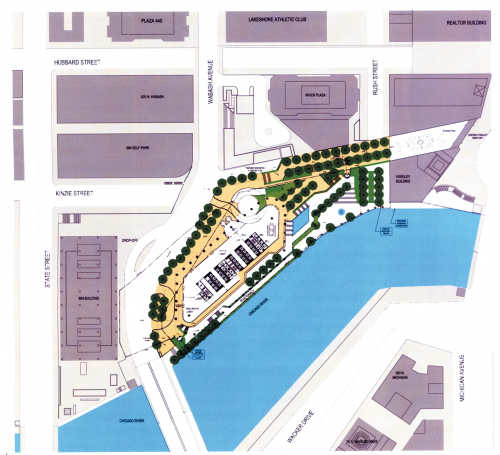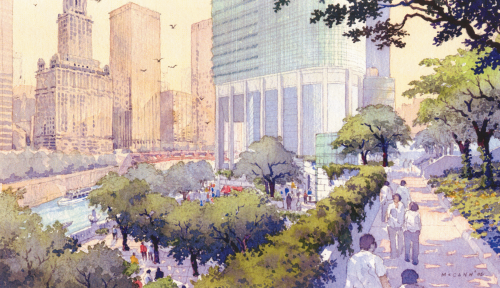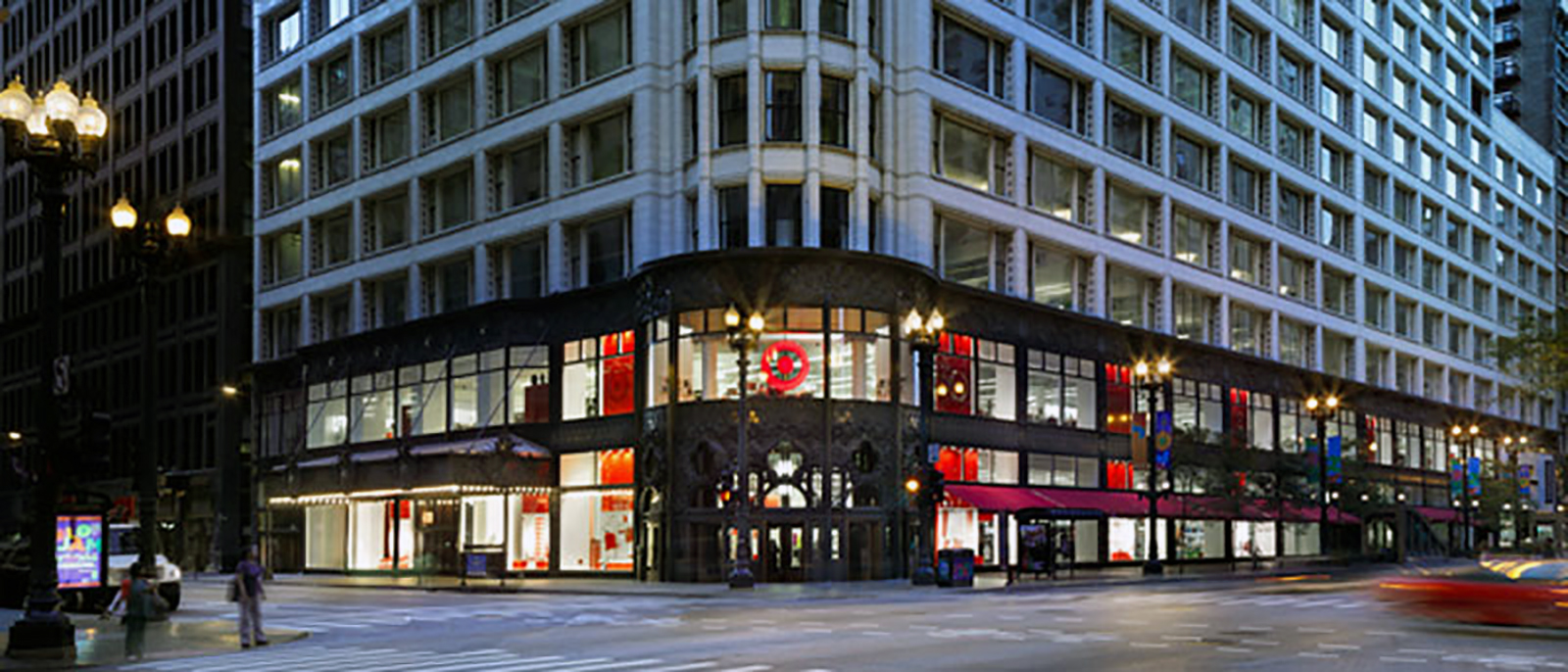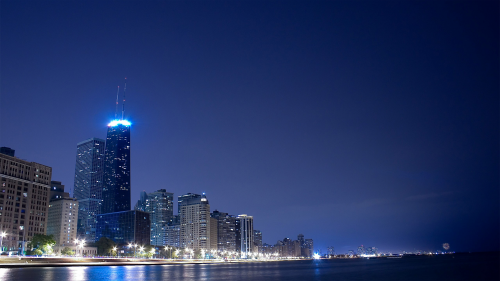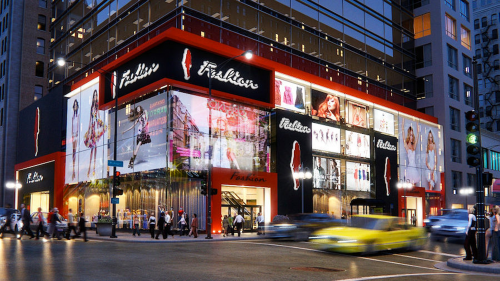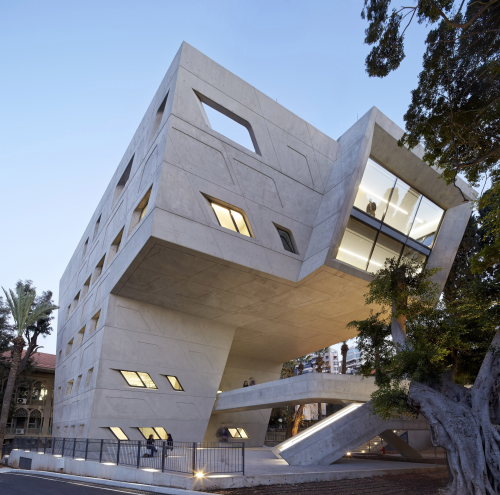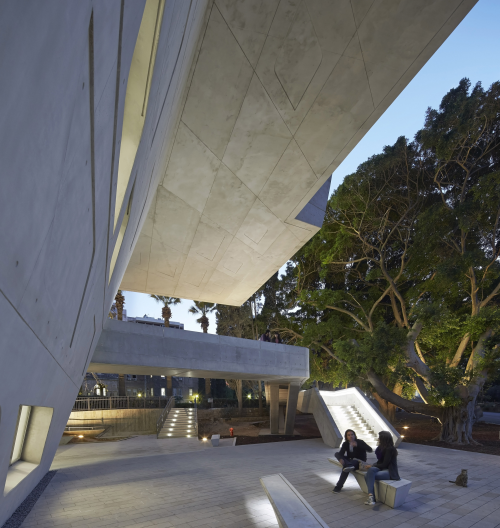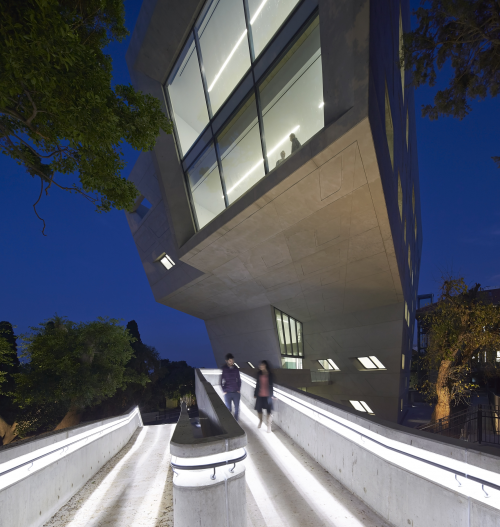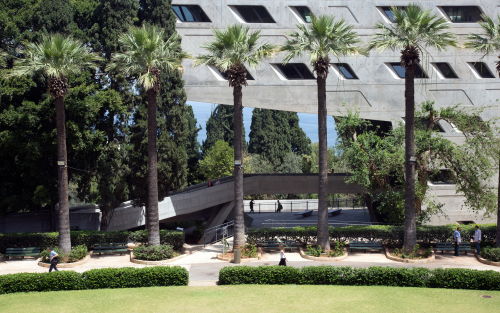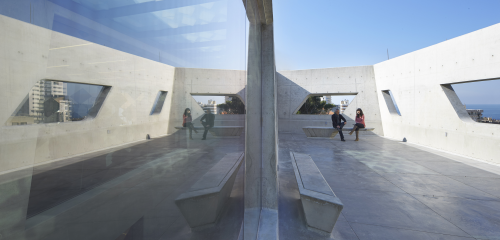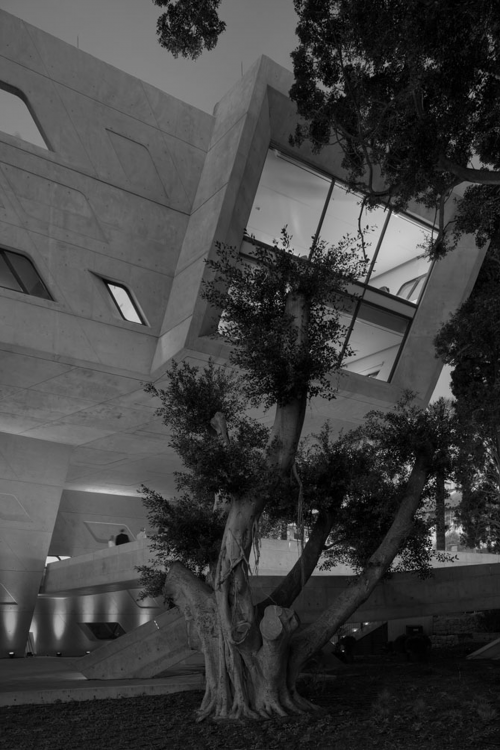
2014 introductions from fritz hansen.
above> analog table and drop chair
Fritz Hansen’s 2014 product launches continue to reflect their commitment to quality and exclusive design. With a theme of “unplugged relations” Fritz Hansen introduced the Analog table by Jaime Hayon and the re-launch of the Drop chair by Arne Jacobsen to inspire us to notice and cherish each other’s presence.
After more than 50 years in hibernation, the Drop is now re-launched! The chair was designed by Arne Jacobsen in 1958 as part of his masterpiece, the legendary SAS Royal Hotel (now known as Radisson Blu Royal Hotel) in Copenhagen. The Drop was originally produced along with the Swan and the Egg, but exclusively for the hotel and was never put into standard production. In addition to the original design of pliable, upholstered foam, the Drop is now available in a moulded plastic version that is especially relevant for modern interiors.
The Analog table is celebrating the authentic way of connecting with people around a table by bringing us closer. The world is filled with communication through digital devices. Analog provides a space where no device is needed. The table promotes a return to the genuine togetherness that is a stark contrast to the digital life we face with demands of constant on-line presence. Analog gives you an invitation to engage, to share, to be intimate and present – to be off-line.
Analog is not a square, not a circle, not an oval – it is a new form that takes the best from the three classic shapes and brings them together in a new, organic form. There is no hierarchy, just a beautiful platform for conversations which is a perfect match for modern relationships among family members, friends and colleagues.
Along with this theme, Fritz Hansen also announced the reunion of the entire Poul Kjærholm collection including the PK 11 chair, PK 55 desk, PK 62 and PK 63/PK 65 coffee tables.
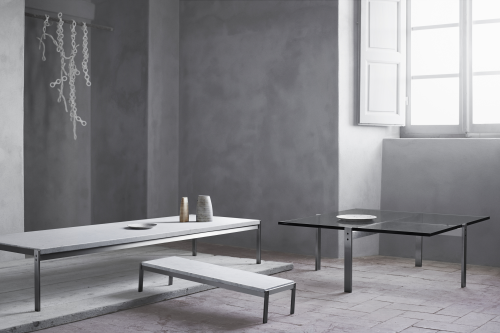 pk 62 (right) and pk 63 tables
pk 62 (right) and pk 63 tables
Poul Kjærholm’s furniture has a special place in Fritz Hansen’s heart. The pure and beautiful lines fit naturally into the Fritz Hansen universe. Poul Kjærholm is known for using natural materials such as marble, wood, leather and canvas, which he pushed to their limits to show the beauty in their strength and the strength of their natural qualities. Throughout his career, Poul Kjærholm translated values of simplicity and a love of nature into outstanding and unique furniture. The Poul Kjærholm Collection is beautiful and timeless and produced in top quality. Every piece in this highly sophisticated collection has a strong identity and the subtle ability to light up any type of space by giving it a touch of Nordic aesthetics.
“It has always been a very refined group of connoisseurs who understands the uniqueness in Poul Kjaerholm’s extreme minimalism and it will probably remain so. However, the interest in the exclusive and outstanding design and quality strike a chord internationally. We have therefore chosen to tell the full story about Poul Kjaerholm’s design by acquiring the rights to the entire collection,” says Christian Grosen Rasmussen, Head of Design. “The new products are the PK 11, PK 51/PK 55, PK 62 and PK 63/PK 65. Each of them is a unique piece of furniture design that lends our existing collection additional character and distinction. The Poul Kjærholm Collection is much stronger when it includes all the pieces, because that offers more opportunities to combine products. Furthermore, the furniture will be made of the best materials and held to the same high and uncompromising quality standards, which is a crucial feature of the Poul Kjærholm Collection.”
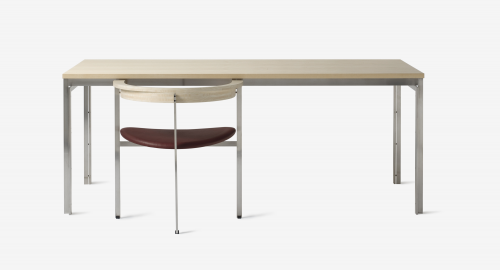 pk 11 chair and pk 55 table
pk 11 chair and pk 55 table
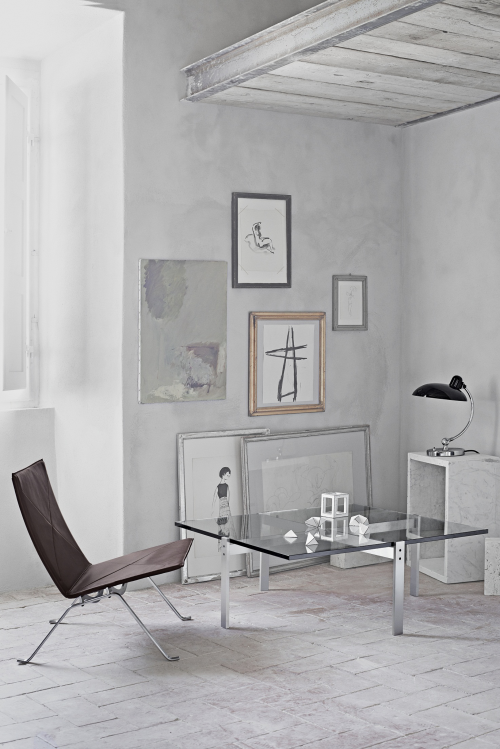 pk 65 table and pk 22 chair
pk 65 table and pk 22 chair
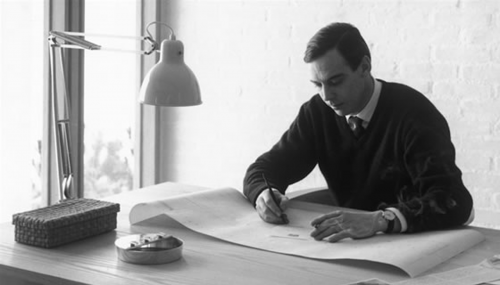 poul kjærholm
poul kjærholm
[ Fritz Hansen ] Founded in 1872 in Denmark, is one of the world’s most recognizable producers of iconic furniture for public and private spaces. The history of the company is characterized by meticulous craftsmanship, unique design and a sense of understated elegance. Leading architects and furniture designers from all over the world have produced timeless furniture for the company’s collection, which embraces innovative techniques and new materials. Contributors
include legendary designers such as Arne Jacobsen, Poul Kjaerholm, Bruno Mathsson, Piet Hein, and Piero Lissoni as well as young innovators like Kasper Salto and Todd Bracher.
Today Fritz Hansen furniture is embraced by a range of global consumers from city dwellers to business executives who celebrate the company’s ability to enlighten and delight with design. Fritz Hansen products can be seen around the world in residences and high-profile corporations, luxury hotels and art centers including the famed SAS Royal Hotel in Copenhagen and the Museum of Modern Art (MoMA) in New York.





